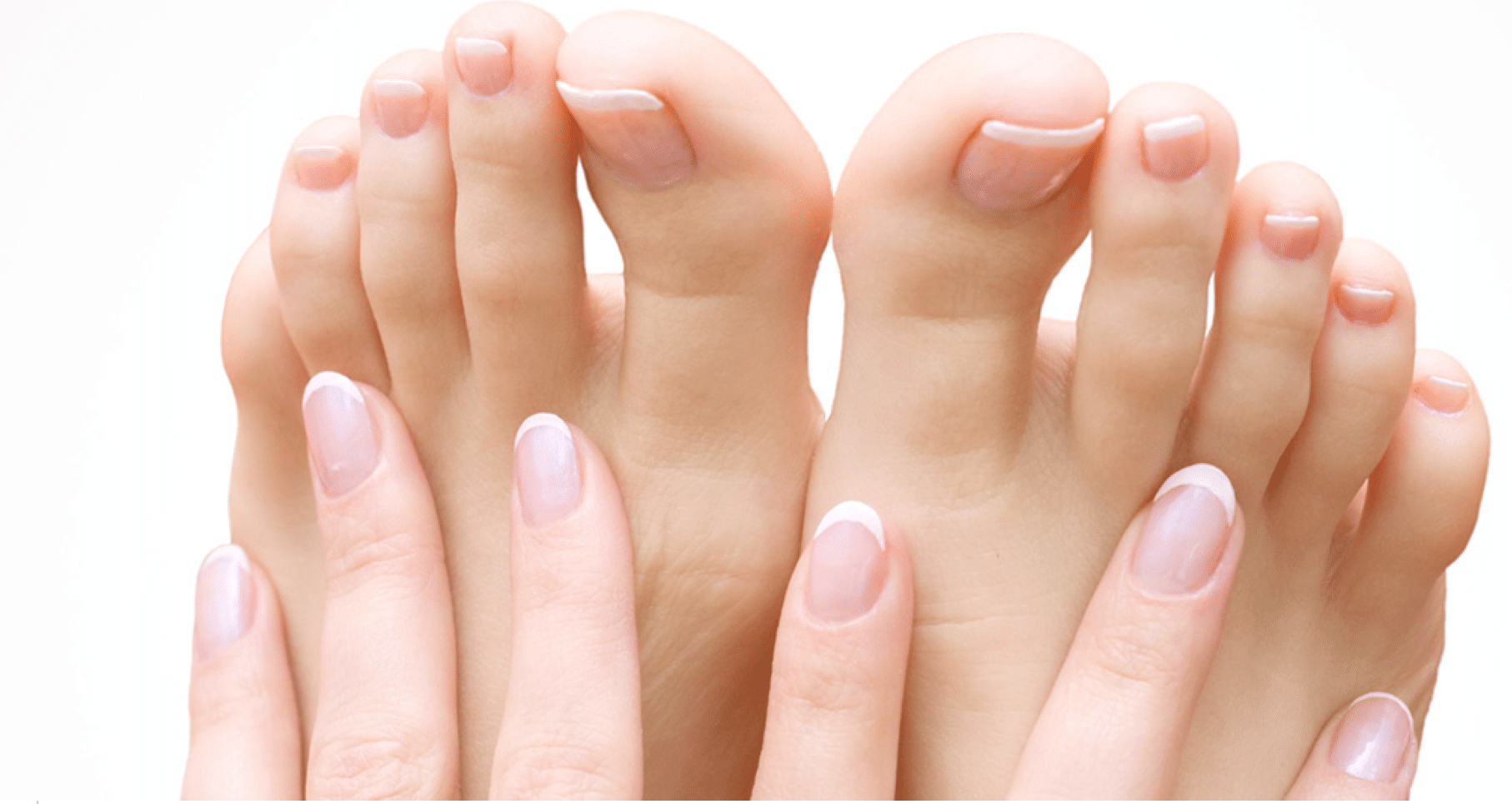Nail fungus is a common problem that appears like discolored nails at first. This discoloration is usually in white, yellow or blackish and appears right under the tip of finger or toenail. As it grows, the nail becomes thicker, brittle or it crumbles from the edges. Also, it may affect more than one nails at the same time.
Many people don’t even realize that they are suffering from toenail fungal infection. Most of the times it is painless and doesn’t bother much. At this stage, it is easy to treat with home remedies and simple prevention tips. But if the infection has already reached a chronic stage; it is causing pain and it is damaging the nail and skin, it needs proper treatment. Even if the treatment is successful, there are high chances for recurrence of fungal toenail infection.
Being so tricky to deal with, fungal infections affect women more than men. Also, there are chances that toenails are affected more than hand nails by it. All this information on fungal nail infection suggests that everyone should know the basics about it. So that the infection could be controlled at the earliest possible stage.
How does a fungal toenail infection look like?
Nail fungus or scientifically called onychomycosis is a medical condition when fungus overgrows between the area of nail and skin bed. Surprisingly there is not just one strain that could cause it; there are so many fungal strains to cause fungal nail infection. A person is much likely to have fungal toenail infection if
- Nails become thicker
- Show a discoloration of yellowish-brown or whitish color
- Become brittle or crumbly
- Distorts and lose shape
- Show a dark color
- Cause pain
- Release a foul smell
These symptoms are the same for both toenail and fingernail infections.
Who should see a doctor?
A person should take immediate medical care if the self-care steps fail to help. The nail may show less or no response to these tips or home remedies and the infection may spread more. In elderly patients, the doctor would first confirm diabetes because diabetic patients are at a high risk of fungal toenail infections.
Risk factors for fungal nail infection
There are many types of fungi that can cause a toenail fungal infection. The most common of them is dermatophytes. However, mold and yeast can also cause nail infections.
People of all ages could be a victim of it but older adults are at high risk. The reason is that nails are more likely to get attacked by a fungal infection when they are brittle and dry. This brittleness and dryness increase with age and cause cracks which let fungal spores enter the skin. So older people experience recurring fungal nail infections more than adults.
There are other factors that contribute to fungal infection susceptibilities such as blood circulatory problems and weaker immunity. A person with weak immunity is the easiest target of fungal infection because weak immunity wouldn’t stand a fungal threat.
There are high chances of fungal infection spread from one nail to another. But it is uncommon to catch an infection from an infected person, through contact.
Chronic fungal nail infection
A chronic case of nail fungus is painful and discomforting. It may also cause permanent damage to the nail and needs long healing. There are high chances for a widespread fungal infection to cause more infections as the body becomes vulnerable when immunity is weak.
Tips to prevent fungal nail infections
By following the basic hygiene and simple steps written below, it is easy to prevent nail fungus at recurring fungal infections.
- Make sure to regularly wash hands and feet. Avoid touching the infected nail without gloves. Or wash hands after applying a moisturizer on feet.
- Try to trim nails straight across the edges. Don’t forget to file them at the thick edges. Do not overcut the nails and expose skin to fungus. Also, disinfect the nail cutter before using it and never use a nail clipper used by an infected person.
- Do not wear socks made of substandard material. Prefer using socks that absorb sweat and are breathable for the skin. Also, change the socks daily and do not re-use a worn pair of socks.
- Pick shoes that leave some air for the feet to breathe. Do not wear old shoes that are left in the wardrobe for months. Make sure to treat these shoes with disinfectants or antifungal powders before using them.
- Do not walk barefoot at public areas.
- Pick a nail salon that follows good hygiene for beauty procedures such as manicure and pedicure.
- Do not wear nail paint and artificial nails for too long.
- Remember to moisturize the hands and feet every day, before bed.


